Become famous in Alberta politics and one day you could have a provincial electoral district named in your honour.
It has become a custom in recent decades in Alberta for electoral districts to be named after former politicians. As far as I can tell, Alberta and Quebec appear to be the only provinces who have widely embraced the practice of of naming districts after historical figures.
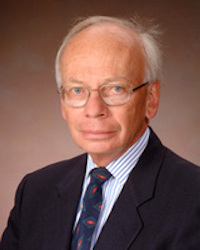
In a 2000 edition of the Canadian Parliamentary Review, University of Saskatchewan Professor John Courtney noted that in 1991 the Royal Commission on Electoral Reform and Party Financing urged a shift in naming electoral districts away from geographic place names, including hyphenated names, to a recognition of distinguished Canadians and important historic events or locations.
“Canadians often decry their limited knowledge of their own history and fail to recognize the accomplishments of those who have made outstanding contributions to the country,” Courtney wrote, suggesting it would “be a welcome change from ponderous directional reference points and an excessive reliance on hyphenated place names.”
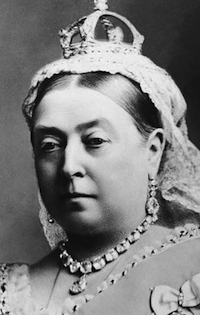
In Alberta, at least 10 out of the 87 current electoral districts bear the name of a political figure from Alberta’s history. When compiling this list, it was important to make the distinction between electoral districts that have been specifically named after individuals and districts named after communities that were already named after individuals (ie: Calgary-Currie, Lac La Biche-St. Paul-Two Hills, Livingstone-Macleod, and St. Albert).
Looking through the list, I discovered a few interesting facts. For instance, despite Alberta’s reputation as an unfriendly political environment for Liberal partisans, there are today more electoral districts named after former Liberal MLAs than there are actual Liberal MLAs in the Alberta Legislature.
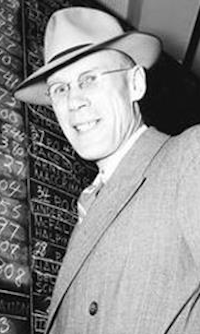
The earliest instance of electoral districts being named after individuals may have been in Alberta’s first election. Two districts were created in 1905 – Victoria and Alexandra – which may have been named after Queen Victoria, who reigned from 1837 to 1901, and Queen Alexandra, wife of King Edward VII.
Why and when naming districts after historical figures began in more modern times might a little more difficult to determine. The Calgary-Egmont district, named after Frederick George Moore Perceval, 11th Earl of Egmont, was created in 1971 and existed until it was renamed Calgary-Acadia in the 2012 election.
The Calgary-McCall district first appeared in the 1971 election and was either named after First World War ace fighter pilot Fred McCall or the airfield that was named after him (McCall Air Field became the home of the Calgary International Airport after 1966). Also created in 1971 was the Calgary-McKnight district, which was either named for McKnight Boulevard or the boulevard’s namesake, Second World War flying ace Willie McKnight. The district was renamed Calgary-Nose Creek for the 1993 election.
In 1986, the Calgary-Shaw district was created and appears to have been named in honour of Joseph Tweed Shaw, who represented west Calgary as an MLA and MP in the 1920s and 1930s. He served as leader of Alberta’s Liberal Party from 1926 to 1930.
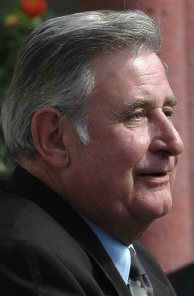
The next instance occurred in 1993, when the Calgary-Lougheed, Edmonton-Manning, Edmonton-Rutherford, Edmonton-McClung, and Edmonton-Roper districts were created, named after former Premiers Peter Lougheed, Ernest Manning and Alexander Rutherford, one of the Famous Five and former MLA Nellie McClung, and former Edmonton mayor and MLA Elmer Roper. Lougheed, Manning and Roper were alive at the time but had retired from politics many years before.
The original recommendation from the MLA committee that oversaw the redrawing of the electoral map at the time had the Manning and McClung districts in difference locations from where they now exist. Manning was originally to be located in southwest Edmonton and McClung in northeast Edmonton, until it was later discovered that Ernest Manning once owned a home in northeast Edmonton Also, Manning Drive, which was named for Manning in 1972, is in the district. An amendment introduced in the Assembly swapped the two closer to their current locations on the electoral map.
While the other names remain on the electoral map, the Edmonton-Roper district was renamed Edmonton-Castle Downs in 1997.
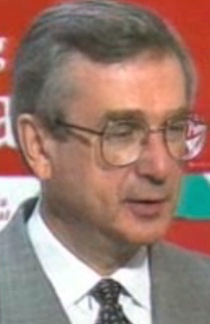
In 2004, the Electoral Boundaries Commission recommended the creation of the Calgary-Hays, Calgary-Mackay and Edmonton-Decore districts named after former Calgary mayors Harry Hays and Donald Mackay and former Edmonton mayor and MLA Laurence Decore. The Decore district was created from Edmonton-Glengarry, which Decore represented in the Assembly from 1989 until 1997.
Six years later, two more districts were named after former politicians. The first was Dunvegan-Central Peace-Notley was named in honour of former MLA and NDP leader Grant Notley, who represented the area in the Assembly from 1971 until 1984.
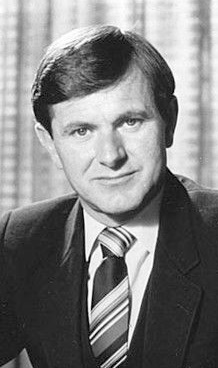
And the second, created through an MLA introduced amendment in the Assembly after the Electoral Boundaries Commission’s final report had been tabled, is the only example I could find of a district being named after an individual who has recently retired from political life.
On October 26, 2010, Progressive Conservative MLA Kyle Fawcett introduced an amendment to rename Calgary-North Hill to Calgary-Klein, after former premier Ralph Klein, who had been retired from elected office for only three years. Fawcett, who represent North Hill, admitted that Klein had never actually represented that area of Calgary as an MLA, but that he was born and raised in the community of Tuxedo Park in the district.
The amendment was accepted by the Assembly, but it raises questions about the lack of process of honouring individuals by including their names in electoral districts. Unlike the process used to name parks, public spaces and schools used by municipal governments and school boards to honour notable community members, there does not appear to be a clear process in naming electoral districts.
The 2009/2010 Commission recommended in its final report that the Assembly consider adopting a protocol for the naming of electoral divisions for the guidance of future commissions. It is unclear whether any protocol has been adopted or whether the current commission will continue the trend of recommending naming new districts after political figures from Alberta’s history.


6 replies on “Alberta’s odd tradition of naming electoral districts after former politicians”
You missed Calgary McKnight and Calgary Egmont
Hi Paul – Thanks for the note! I have updated the post to include Calgary-McKnight and Calgary-Egmont.
– Dave
Definitely the weirdest current side effect of this is having an electoral district bearing the name of our Premier!
We also have a mountain in BC bearing the name of the current Prime Minister (Mount Trudeau)!
I’ve always thought that except for the Sovereign or another member of the Royal Family, nobody got anything public named after them while alive; and yet, Alberta has long flouted that tradition. The Mazankowski Alberta Heart Institute at the University of Alberta Hospital is a case in point: Mr Mazankowski was still very much alive when that building opened (indeed, he still is). The provincial constituency of Calgary-Klein is another: while he has since passed on, he was still alive when that constituency was named after him.
Too bad they are all Caucasian and mostly male.